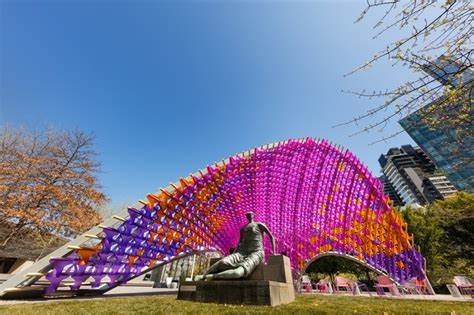In the realm of construction and design, architectural drawing stands as the cornerstone of communication between architects, designers, and builders. Through meticulously crafted lines, shapes, and symbols, architectural drawings not only convey design ideas but also serve as a universal language for turning dreams into tangible structures. This article delves into the intricate world of architecture drawing, exploring its significance, evolution, and the fusion of creativity and precision it entails.
Contents
The Evolution of Architectural Drawing
From the grand blueprints of historical cathedrals to the modern digital renderings of skyscrapers, architectural drawing has witnessed a remarkable evolution over centuries. What once relied solely on hand-drawn sketches has now embraced cutting-edge technologies like Computer-Aided Design (CAD) software. These tools have revolutionized the way architects visualize, develop, and present their designs. However, despite the digital shift, the essence of translating abstract concepts into tangible representations remains at the heart of architectural drawing.
The Significance of Architectural Drawing
Architectural drawings serve as a bridge between imagination and reality. They allow architects to convey intricate design details, spatial relationships, and structural specifications to clients and builders. A single drawing can encapsulate an architect’s vision, encompassing everything from the play of natural light to the arrangement of interior spaces. This visual medium not only aids in obtaining necessary approvals but also acts as a reference point throughout the construction process.
The Fusion of Creativity and Precision
Architectural drawing is a delicate dance between creativity and precision. Every line, whether sketched by hand or drafted digitally, is a manifestation of an architect’s creative thought process. The choice of line weight, shading, and even the angles of projection all contribute to the visual narrative of the design. Yet, amidst this creative freedom, precision plays a pivotal role. Measurements must be accurate, proportions well-maintained, and technical annotations clear. It’s this harmonious blend of artistic flair and technical accuracy that transforms an abstract concept into a buildable reality.
Integration Architecture Drawing’s Key Role
Within the realm of architecture, drawing plays a key role that extends beyond the visual representation. Architecture drawing acts as a catalyst for collaboration, enabling architects, engineers, and contractors to collectively engage with the design. Through these drawings, professionals from diverse fields can seamlessly comprehend and contribute to the project. This collaborative aspect ensures that the final constructed outcome aligns with the original vision, even as it undergoes refinement and adaptation during the building process.
Embracing the Future While Honoring the Past
As technology propels architectural drawing into the future, it’s essential to pay homage to its origins. Hand-drawn sketches and traditional drafting techniques still hold value, reminding us of the artistry that defined the field for centuries. The digital age offers tools for greater efficiency, accuracy, and three-dimensional visualization, yet the essence of conveying ideas remains unchanged.
Architectural drawing stands as a testament to human ingenuity, serving as a vital conduit between imagination and reality. Its evolution from pen and parchment to digital screens showcases our ability to adapt and innovate. As the architecture industry continues to evolve, one thing remains constant: the profound impact of architectural drawing on the way we shape the world around us.





















